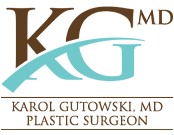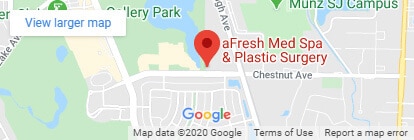Pectoral Implants – Chicago, IL
OVERVIEW
In some cases, chest exercises are not enough to develop the pectoral muscles to a man’s liking, so he can turn to pectoral implant surgery. The surgery places a silicone implant underneath the chest muscle in order to add definition for a more toned, contoured look. Our surgeons offer this cosmetic procedure to their male patients who wish to have the rock hard chest with a natural look and feel. Since pectoral implants come in wide range of shapes and sizes, patients are able to work with our surgeons to create their best possible look.
REVIEWS
RELATED PROCEDURES
[xyz-ips snippet=”Male-Procedures”]





 PLAN YOUR PROCEDURE
PLAN YOUR PROCEDURE




